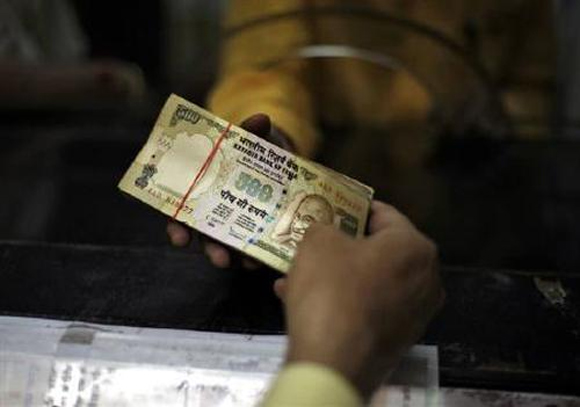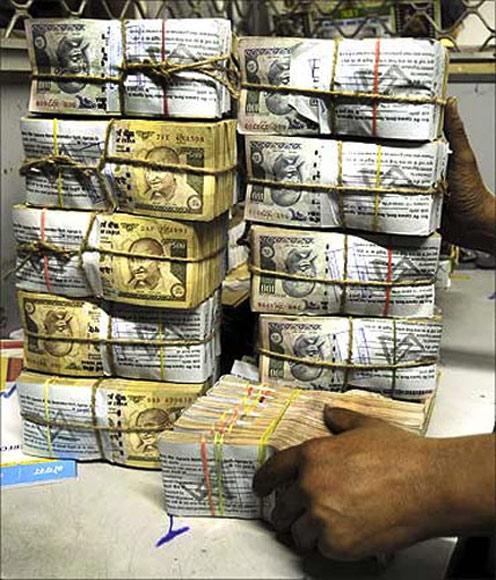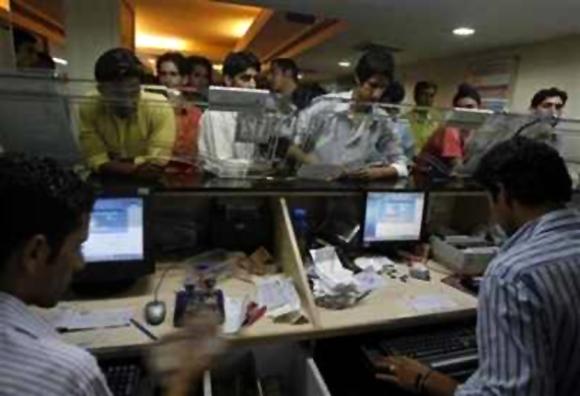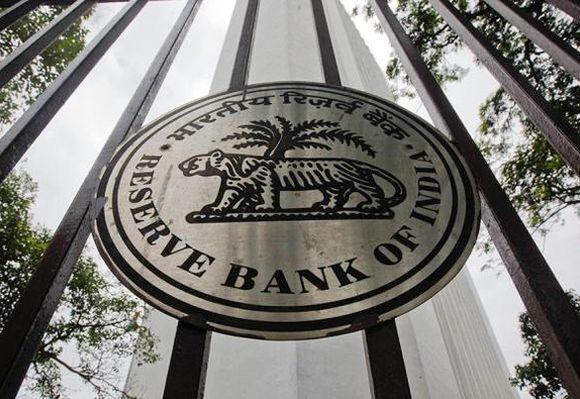 | « Back to article | Print this article |
India's aspiring banking moguls fail to impress
The scarcity value of the licences has attracted a motley crew of hopefuls, ranging from India's humble postal department to billionaires.
The list of India's aspiring banking moguls is less impressive than it is long. The RBI said on July 1 that it had received 26 applications for new banking licenses.
Nobody knows how many permits it will eventually issue - the last time India allowed new lenders in 2003, only two out of more than 100 applicants made the final cut; in 1993, 10 new banks were born.
Click NEXT to read more…
India's aspiring banking moguls fail to impress
The scarcity value of the licences has attracted a motley crew of hopefuls, ranging from India's humble postal department to billionaires Anil Ambani and Kumar Mangalam Birla, to this once-a-decade lottery.
The Tata Group, too, has thrown its hat into the ring. But the most enthusiastic interest has been shown by local, non-bank finance companies, especially those that specialize in high-risk, high-margin loans.
The Reserve Bank will have to debate the wisdom of letting these shadow lenders have access to low-cost retail deposits.
Some of them have concentrated risk exposure to one business or asset class - such as trucking, or gold. As deposit-taking institutions, they might pose a risk to the system.
Click NEXT to read more…
India's aspiring banking moguls fail to impress
The central bank has imposed strict conditions to ensure the new lenders are safe. They will have to park 4 percent of any deposits they attract with the RBI as cash, and invest another 23 percent in government bonds.
This will limit their ability to finance lots of new loans.
However, it also means they will struggle to turn a profit - especially as the licences require that one in four branches must be in rural areas, where banking is less lucrative.
Click NEXT to read more…
India's aspiring banking moguls fail to impress
The RBI is using the new licenses to further its agenda of financial inclusion.
It is indeed strange that while two out of three Indians have mobile phones, only one in three has a bank account.
Inclusion, though, could become costly for the taxpayers if it is achieved with weak banks.
The central bank should revisit its system of issuing licences sporadically. An application window that is permanently open would remove the scarcity premium, and encourage financial entrepreneurs to apply for a licence if and when they are ready.
In the process, India might not just get more banks, but better and more innovative ones, too.
The author is a Reuters Breakingviews columnist. The opinions expressed are his own

© Copyright 2025 Reuters Limited. All rights reserved. Republication or redistribution of Reuters content, including by framing or similar means, is expressly prohibited without the prior written consent of Reuters. Reuters shall not be liable for any errors or delays in the content, or for any actions taken in reliance thereon.



